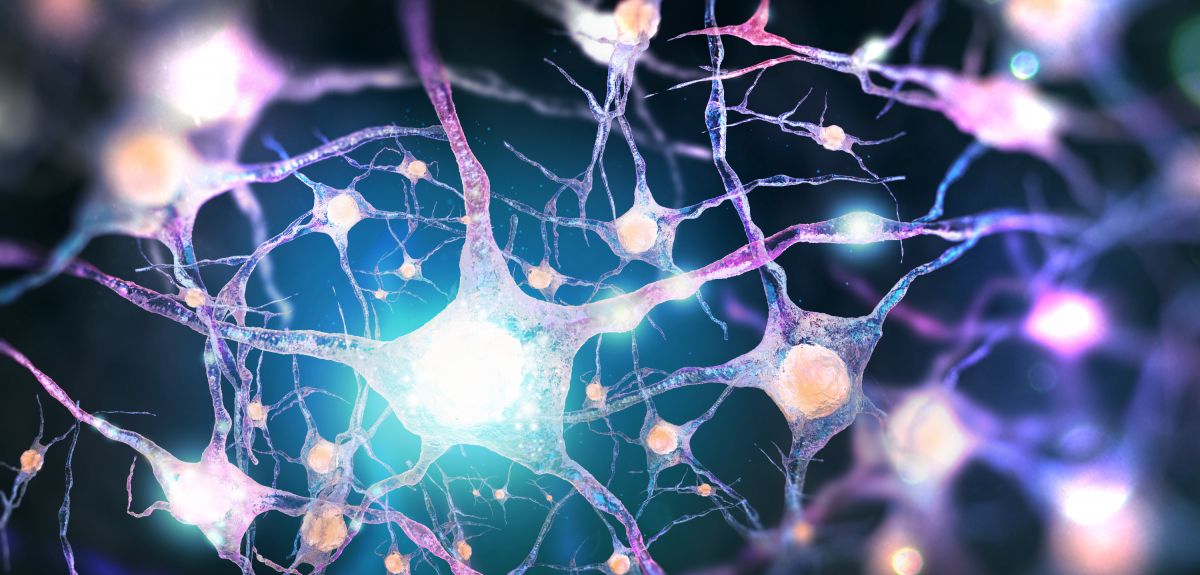
Image credit: Shutterstock
New construction role found for cell demolition tool
A new role has been discovered for a well-known piece of cellular machinery, which could revolutionise the way we understand how tissue is constructed and remodelled within the body.
Lysosomes are small, enzyme-filled sacks found within cells, which break down old cell components and unwanted molecules.
Their potent mixture of destructive enzymes also makes them important in protecting cells against pathogens such as viruses by degrading cell intruders.
However, new research from the University of Oxford has revealed that in addition to breaking down cellular components, lysosomes are also important in building cellular structures.
‘We’ve traditionally viewed lysosomes as the cell ‘dustbin', because everything that goes into them gets chewed up by enzymes,’ said Professor Nigel Emptage from the University’s Department of Pharmacology, who led the research. ‘However, our research has revealed that lysosomes actually play a far more elaborate role, being involved in building as well as demolition, and playing a key part in structural remodelling of cells.'
The discovery was made while the team was looking at hippocampal pyramidal neurones – specialist brain cells important in spatial navigation and memory, which degenerate in Alzheimer's disease. The researchers observed that lysosomes were involved in supporting the growth of spines from dendrites, structures that increase the cell’s ability to store and process large amounts of information.
He added: ‘This discovery fundamentally changes how we view this well-known organelle, as it appears that without them new memory could not be stored in the brain. There has been a growing body of evidence for some time that lysosomes have other functions in addition to their traditional role, but it appears that they are also important in cellular construction.’
The full paper, ‘Activity-Dependent Exocytosis of Lysosomes Regulates the Structural Plasticity of Dendritic Spines’ can be read in the journal Neuron.